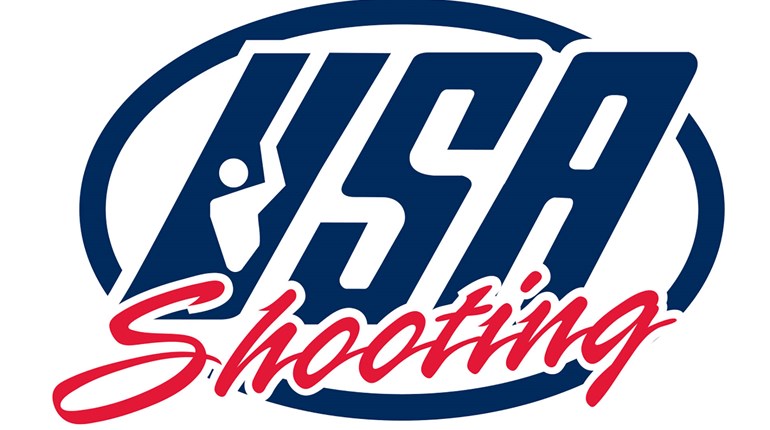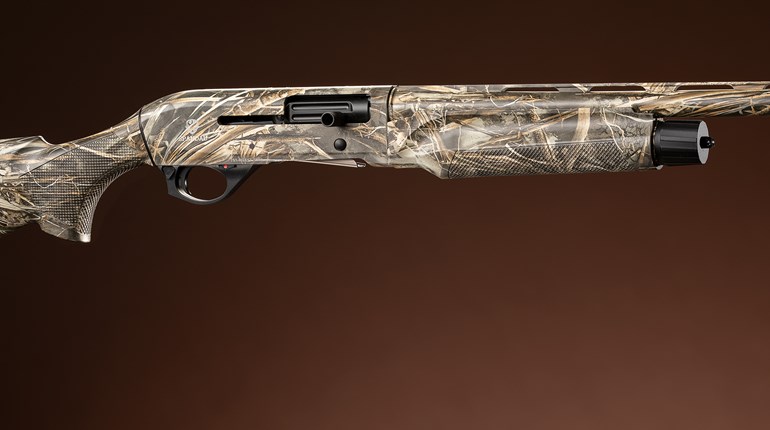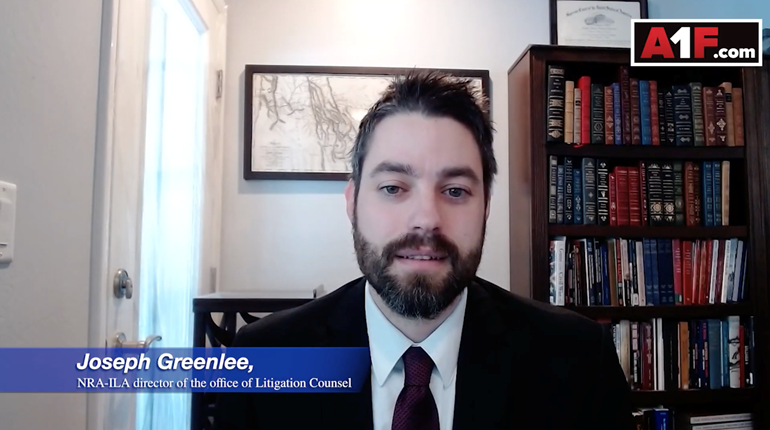
The below is an excerpt from the 1978 book, Olympic Shooting, written by Col. Jim Crossman and published by the NRA. Read Part 1.
1908—London: The U.S. Team Almost Missed The Games (Part 2)
By Colonel Jim Crossman
The Olympics of 1908 go down in history noted for the squabbles and fights between the British officials and those in charge of the American interests. These were the first Games in which the competitors carried the flags of their country in the parade. All the countries in the parade dipped their flags to King Edward VII—except the United States. While things went from bad to worse on the athletic fields, the shooters had an easy time of it. Once the entries were accepted, the British shooters and officials went out of their way to make things pleasant.
In everything except the weather, that is. During the days of the shooting events, conditions could hardly be worse. Strong winds, rapidly shifting in strength and direction, blew mist and rain through the Bisley Camp ranges throughout the three days of the matches. The wind, gusting to better than 20 miles an hour, not only made it very difficult to hold the rifle or handgun, but tended to blow the bullet many feet from its intended mark.
The 300-meter team match was the first event fired. As was the custom in those days, the host country selected the shooting events. The British had consulted many other countries about the program, and the 300-meter team and individual events were programmed in deference to the continental nations, whose main rifle game was the three-position, free rifle, 300-meter course. The free rifle event was largely unknown to British shooters and not very much more popular in the U.S., although this country had some tradition and background in the Schuetzen game. While the Americans had bravely entered a team and had done some practicing, NRA President James Drain later decided the free rifle match would interfere with the American effort in the International and withdrew the team.
Conditions were very poor for free rifle shooting, especially for those shooters who were accustomed to shooting from a well-protected shooting position. Firing under essentially the same rules as in use today, the event was won by Sweden, with Norway second and France third.
In the individual 300-meter event, the great surprise was the tremendous performance of H.E. Simon. With only a couple of weeks practice at this unusual three-position, 120-shot event and shooting an issue Springfield against the elaborate foreign free rifles, Simon was high in both the prone and kneeling positions, getting pushed down to second place and a silver medal by his standing score. A Norwegian, A. Hergern, took the gold medal, with his countryman, O. Soether, taking the bronze medal for third place.
The first match in which the American and British shooters felt at home was the 1,000-yard individual. This match was fired on the same target as used today, with a 36-inch bullseye or 5, a 54-inch "inner" or 4, a 72-inch "magpie" or 3, and the rest of the 6x10-foot target counting an "outer" or 2. The match consisted of sighting shots plus 20 shots for record, with any rifle and any sights.
While the Americans stuck with their new Springfield rifles, many shooters used specially designed match rifles with long barrels and telescope sights. Col. J.K. Millner of the Irish Ulster Rifle Association used a match rifle based on a Mannlicher action with a British service barrel and a Blood telescopic sight. This sight had a lens position well forward on the barrel and the rear lens mounted at the rear of the buttstock. This was possible because Millner used the back position, lying on his back with his feet pointed at the target, knees drawn up and the rifle supported between his feet.
Millner was no youngster, having shot on the original British Palma team of 1876, when he made himself famous by shooting 15 shots in the bullseye at 1,000 yards. The last shot unfortunately was on another man's target, which lost the match for Millner's team. With his shooting career starting in 1871, he was the winner of scores of matches. Although well over 60, he climaxed his career by winning the 1908 1,000-yard Olympic match. He used the British .303 cartridge with a pointed 225-grain bullet at a muzzle velocity of 2,200 f.p.s. Despite the shifting wind which moved his bullet strikes as much as 30 inches between shots, Millner dropped only two shots out of the three-foot bullseye. His group began to build up high in the bull, so after his 10th shot he reduced elevation, only to have the 11th fall just barely out the bottom of the bull. Another low shot convinced him, so he raised his sights, only to have his 14th sneak out the top of the bull, ending with a fine 98x100 under tough conditions.
One of the best of the American long-range shots, K.K.V. Casey, got a 2 early in the string, which seemed to put him out of contention, especially when Maj. Winder ran 9 straight bulls before collecting his first four. But when all the scores were in, Casey's 93 was solidly in second place, with three British shooters, tied at 92 each, having to shoot off for third. The fine shooting by Casey with the straight military rifle against foreign match rifles aroused much interest among the foreign competitors.
Other events were fired on a different part of the range while the 300-meter and 1,000-yard matches were under way. Since the program permitted only 3 days to fire 4 team and 7 individual rifle matches, plus the 2 pistol matches and most of the shotgun events, it was necessary to have more than one thing going on at a time.
The miniature rifle team match was fired in the prone position at 50 yards on a 1½-inch bullseye and at 100 yards on a 3-inch bull. The ammunition requirement limited the bullet weight to 140 grains or less and the velocity to 1,450 f.p.s. or less. The center of the bullet hole, rather than the edge, was used for determining shot value. This match was won by the United Kingdom, with Sweden second and the French third. The U.S. entered no team in this or the similar individual match, in which the first nine places were taken by U.K. shooters.
Under the rules for the miniature rifle quick-fire or moving target individual matches at 25 yards, ammunition of .22 or .297/.230 caliber was permitted. Although the .22 caliber rimfire cartridge had become fairly well accepted by this time, there had been a bitter battle between it and the .297/.230 cartridge.
The .297/.230 British cartridge, rarely seen in this country, was designed for short-range work. It was used both in rifles and handguns specially chambered for it, but more often in the Morris tube, an adapter tube and chamber which slipped into the British Service rifle and allowed inexpensive short-range practice. The .297/.230 cartridge came in two sizes, short and long, with both using a 37-grain bullet. The short originally used 3¼ grains of black powder and the long 5½ grains, but both were also loaded with smokeless powder. The cartridge was a rimmed center-fire in a short, stubby bottleneck shape. Although it was shown in English ammunition catalogs as late as 1962, the .22 rimfire had proven its superiority by the time of these 1908 Olympics, but the .297/.230 was still permitted.
Read Part 3.
See more: Athens 1906 Olympics: But Not For Record


































